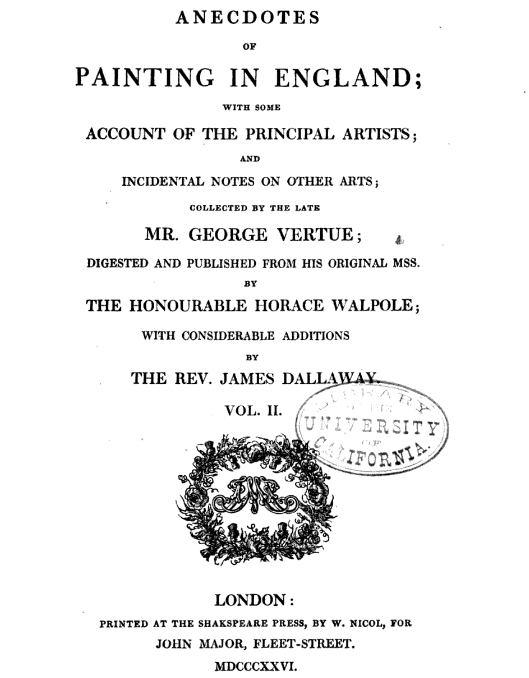Sir Thomas Richardson (1569 - 1635).
Hubert le Sueur
Bronze Bust
Westminster Abbey.
some random unedited notes:
It is inscribed Huber le Soeur Regis Faciebat, 1735.
Image Courtauld Inst.
__________________________
James Cole
1720
345 x 207 mm.
National Portrait Gallery
_________________________
Sir Thomas Richardson, judge and Speaker of the House of
Commons, was buried in the south choir aisle of Westminster Abbey. He was the
son of William Richardson and his wife Agnes and was baptised at Hardwick in
Norfolk. He was educated at Christ’s College Cambridge and
admitted to Lincoln’s Inn (as a lawyer).
In 1595 he married
Ursula, daughter of John Southwell. Ten years later he was appointed
under-steward of Norwich cathedral and rose high enough in his profession to be
made Speaker of the House of Commons.
King James I knighted him and he was
appointed Chief Justice of the Common Pleas. His decision not to allow John
Felton, who had assassinated the Duke of Buckingham, to be put on the rack to
induce him to confess marked an epoch in criminal jurisprudence. His second
wife was Elizabeth, daughter of Sir Thomas Beaumont and widow of Sir John
Ashburnham. He died in London on 4th February 1635 (the date is given in Old
Style dating on the monument).
His son and heir was Thomas and his four
daughters were Ursula, Mary, Elizabeth and Susan.
Near his grave a black marble and bronze monument was
erected by his son. The bronze bust by Herbert Le Sueur (dated 1635) shows him
in hat and robes (the SS collar has been broken off). The Latin inscription on
the bronze plaque can be translated:
“To God, the best and greatest. Sir Thomas Richardson,
Knight, Speaker of the House of Commons in the 21st and 22nd years of King
James, Chief Justice of the Court of Common Pleas; and lastly, by King Charles
I, made Lord Chief Justice of England. He died in 1634, in the 66th year of his
age. Sir Thomas Richardson, his only son, designated a Baron of Scotland,
placed this to his incomparable father”
Photograph and text © The Dean and Chapter of Westminster.
_________________________
Kingston Lacy
National Trust
They say carved stone - it appears more like plaster to me.
Stone sculpture on square socle, Sir Thomas Richardson
(1569-1635), after Hubert Le Sueur (c.1580 - London 1670). A head-and-shoulders
portrait bust, facing, beard and moustache, wearing a squared cap, full, deep
ruff and robes. The central badge of a rose and parts of two links is all that
remains of a chain. Sir Thomas Richardson, knighted in 1621, was a Judge and
Barrister at Lincoln’s Inn in 1595.
He was Lent reader and Sergeant-at-law in
1614; speaker of the House of Commons in 1621 (MP, St Albans); became chief
justice of common pleas, 1626; refused (1628) to allow John Felton
(1595(?)-1628) (assassin of the Duke of Buckingham) to be racked to induce
confession, a step which marks an epoch in the history of criminal
jurisprudence; became chief justice of the King’s Bench, 1631, and came into
conflict with William Laud, Archbishop of Canterbury (1573-1645) for
suppressing ‘wakes’ or Sunday revels. Cast from his bronze bust from the 1635
tomb monument by Le Sueur at Westminster Abbey, London.
______________________________
Sir Thomas Richardson.
Anonymous
Oil on Panel
58.5 x 48.7 mm.
Norwich Castle Museum
Image courtesy Art UK.
________________________
Le Sueur from -
_____________________
Charles I
After le Sueur
Plaster
Photograph from the Victoria and Albert Museum










No comments:
Post a Comment